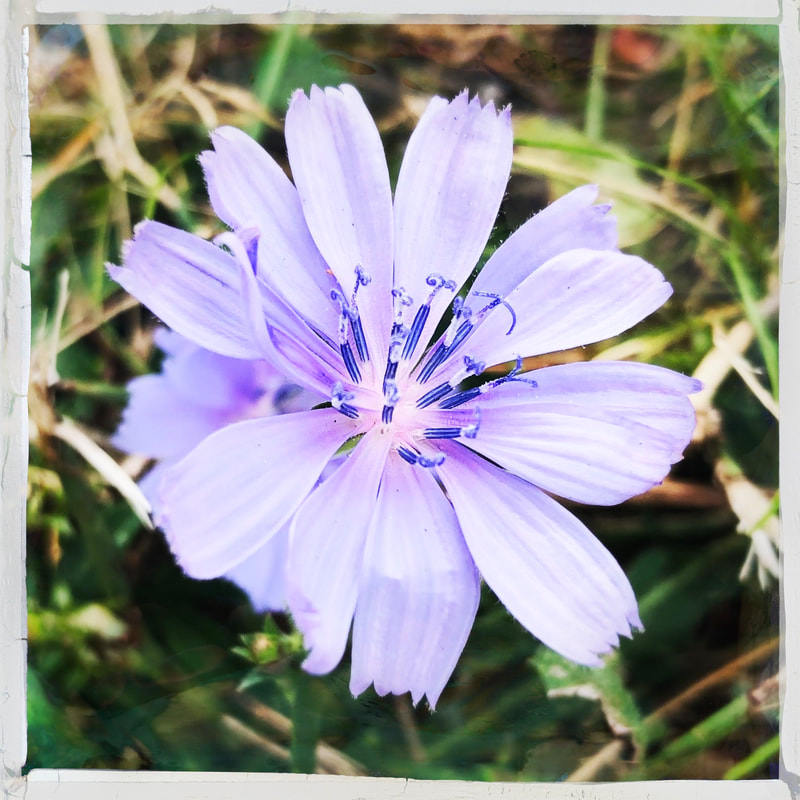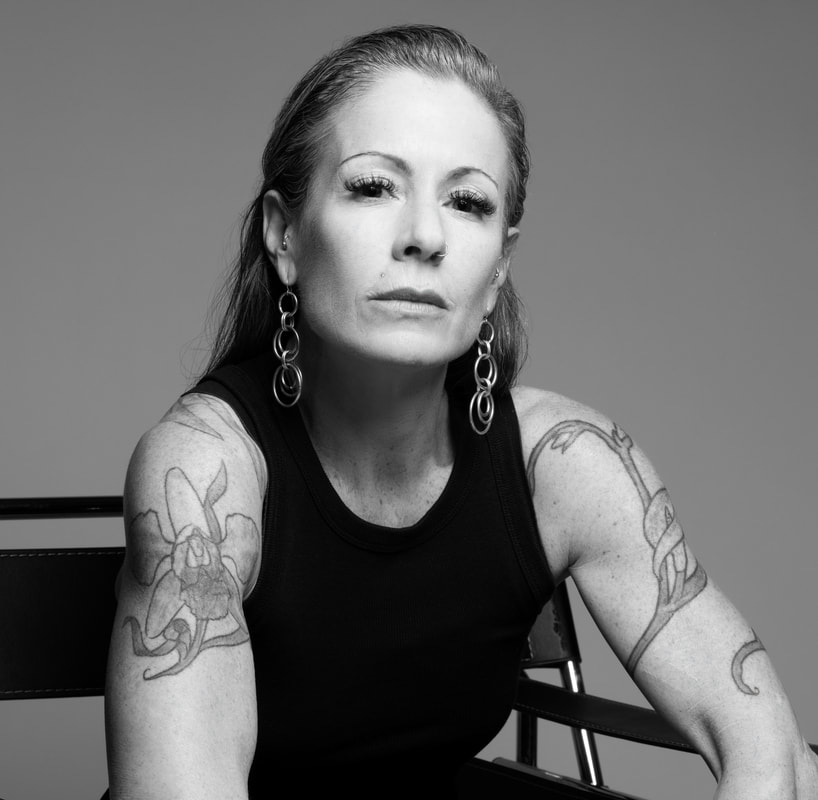ASSAY: A JOURNAL OF NONFICTION STUDIES
10.1
10.1
|
|
Marya Hornbacher is an award-winning journalist, essayist, novelist, poet, and the New York Times bestselling author of five books. She is the recipient of the Annie Dillard Award for Nonfiction, the Logan Fellowship for social justice journalism, the White Award for Magazine Journalism, the ASCAP Award for Music Journalism, the Fountain House Humanitarian Award, and other distinctions. Hornbacher's books have been translated into more than 30 languages, and her work appears in publications including the New York Times, Boston Globe, Smithsonian Magazine, Crazyhorse, AGNI, Gulf Coast, The Normal School, Fourth Genre, DIAGRAM, Arts & Letters, and many others.
|

